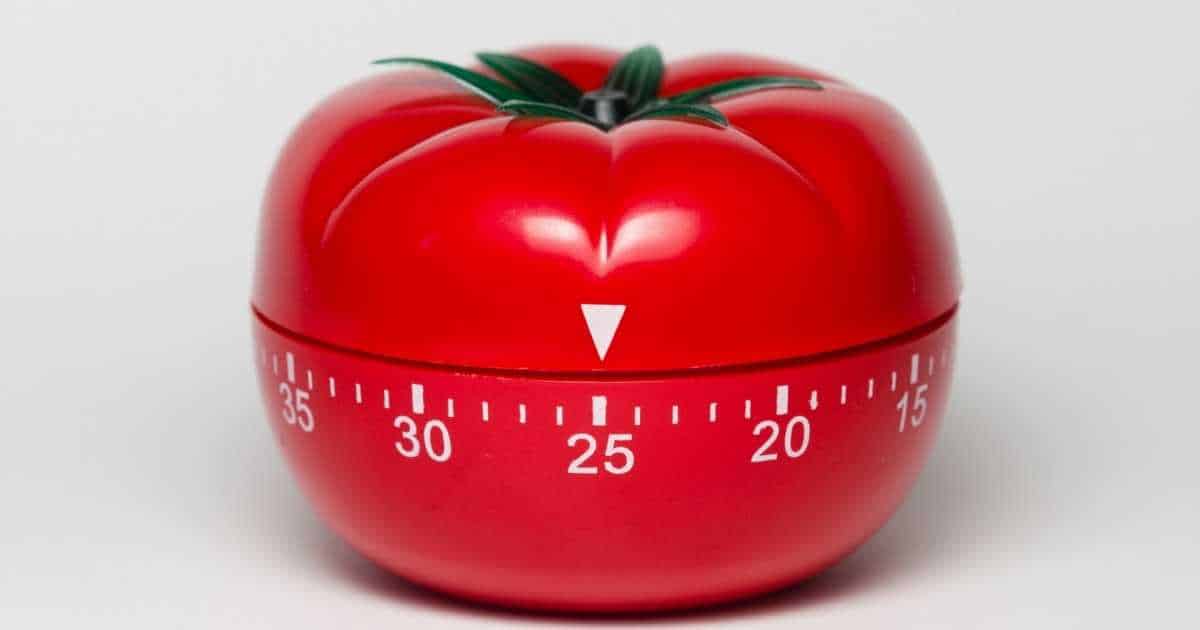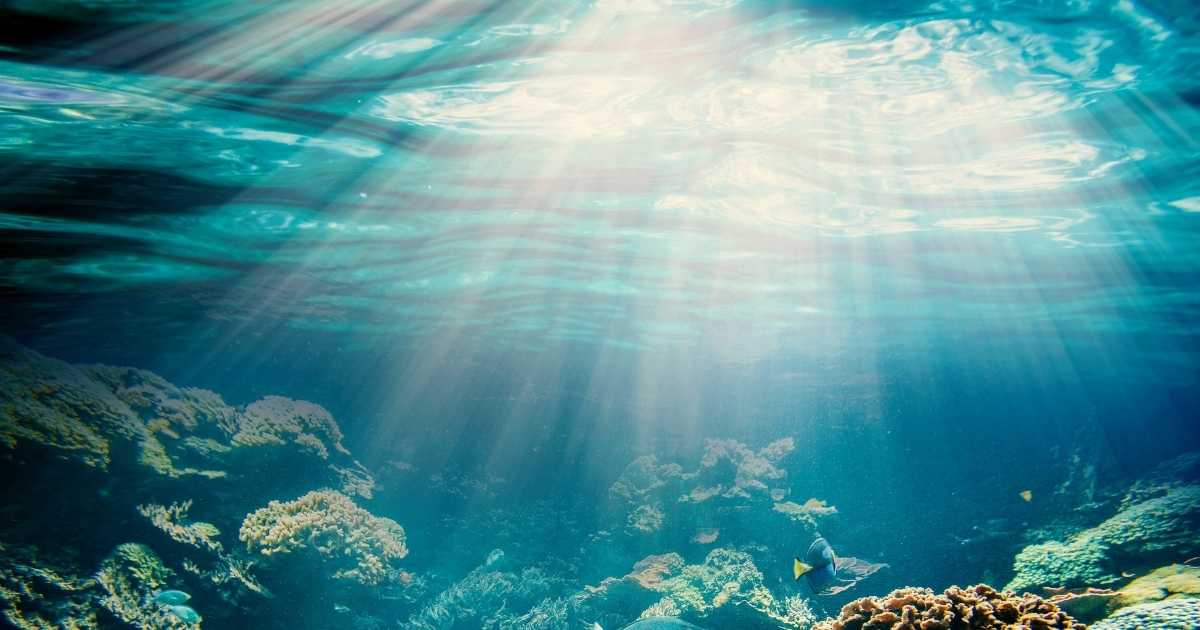PRODUCTIVITY
Best Time-Management Method For Creators in 2022

Chris Chan, Christian Content Creator
28 February 2022
Did you know that only 18% of people have a dedicated time management system? (Development Academy, 2021)
We’ve all been there.
You’re ready to crush your workday or study session, then you sit down and BAM! You can’t concentrate.
So you hop onto Google to search for the Best Time-Management techniques only to find more methods than you can count.
Which is the right one?
Should you optimize for Flow, work in short bursts with Pomodoros, or immerse yourself in undistracted Deep Work for optimal productivity?
In this blog post, we’ll explore which technique YOU should use as a creative, entrepreneurially-minded person.
Let’s dive in.
Table of Contents
What is the BEST Time Management Method For Creatives and Entrepreneurs?
What is Flow/the Flow State?
What is the Pomodoro Technique?
What is Deep Work?
What's the Best Time Management Method For You?
What is the BEST Time Management Method For Creatives and Entrepreneurs?
The BEST time management method for creatives and entrepreneurs is a combination of deep Work that induces the flow state and Pomodoro sprints that allow for accurate task completion.
In other words, you need to work in short spurts and in long periods.
Deep Work/Flow and Pomodoros go hand-in-hand for optimal productivity.
When handling your tasks and sorting out your schedule, be sure to divide your to-dos into deep vs. shallow work for enhanced work quality.

What is Flow/the Flow State?
The concept of Flow was first invented by Mihaly Csikszentmihalyi to describe a state of utter immersive concentration.
In other words, 100% focus on a task.
When Flow occurs, you’ll feel absolute joy and satisfaction at every moment.
Flow State has been shown to have several benefits:
- Increased happiness levels
- Better memory recall
- Enhanced physical health (less stress)
- Improved mental clarity & decision-making skills
- Greater creativity and innovation
Flow can be found everywhere, from elite athletes competing for gold medals all the way down to painters painting portraits.
If this sounds like an optimal state of being you’d love to tap into more regularly, you’re not alone!
Flow is often described as a state where you’re “in the zone” and lose track of everything around you.
You can begin to transcend your normal cognitive limits when you’re in Flow.
Studies on Flow have shown that Flow enhances performance on almost every task.
Flow is often described as the “optimal mental state for peak performance.” as it allows you to tap into your best states of being and perform at an elite level.
It is more likely during creative tasks (like painting) than repetitive, mechanical activities like throwing darts or playing video games.
This focus method is best used when honing a skill or craft long to master.
The drawback?
Flow takes a long time to get into and can be easily broken by distraction.
Additionally, the Flow state requires many prerequisites such as explicit feedback loops, a perfect level of difficulty, and an intrinsically rewarding goal to function correctly.
That being said, there are circumstances where none of the pre-requisites have been met, and individuals still find themselves in a state of Flow.
However, that’s the exception and not the norm.
Aim to achieve the Flow State when practicing a skill or craft that you find enjoyable with a clear goal and a long path to mastery.
Related: Ultralearning: Book Review (How To Start With 9 Unique Principles)

What is the Pomodoro Technique?
The Pomodoro Technique was created by Francesco Cirillo in the 1980s.
It is a method that allows you to improve access to the Flow State and concentration levels within a short period.
You can try the Pomodoro technique by working in 25-minute work sessions followed by 5-minute breaks. After 4 cycles of these sessions, you can take a substantial break of 15-30 minutes.
The Pomodoro Technique is great for people who have a hard time getting into the Flow state as it forces you to focus on one task at a time.
To achieve Flow, all distractions must be eliminated from the environment, and your mind must be clear of any other thoughts other than those related to the current task.
Which leads us to Deep Work.

What is Deep Work?
Deep Work has been described as the ability to focus without distraction on a cognitively demanding task.
Work of this type is often done alone and requires undivided attention.
It’s also where you must make an intentional effort to stay focused, avoid distractions and stay on-task.
Deep Work can be performed with Flow or without Flow.
However, Deep Work has been shown to result in significantly higher performance levels than shallow tasks when combined within the same day.
Individuals who perform Deep Work have also shown increased happiness levels due to escaping from digital distraction and having more time.
The downside?
Deep Work is highly demanding as it takes a significant amount of deliberate practice and focuses on mastery.
To perform Deep Work, you must have an environment that is distraction-free with no interruptions from the outside world or those around you (in-person conversations, phone calls, etc.).
Additionally, Deep Work requires considerable time and effort invested in training your mind (much like Flow), which can take years for mastery.

What’s the Best Time Management Method For You?
So…Is Flow > Pomodoro Technique? 🤔
Is Flow better than Deep Work?
The short answer: It depends on what goal you’re trying to achieve!
Flow works best when working towards complex tasks requiring creativity.
Flow is also great for tasks with a clear goal and measurable results.
Flow can be disrupted by distractions, so knowing your environment before executing Flow would is paramount to achieving peak performance during this time-management technique.
You will see more timely results from Deep Word over Flow or Pomodoro techniques.
However, Deep Work takes considerably more effort and practice.
It may not yield immediate results like Flow or Pomodoro could (when used correctly).
Is there anything else we need to know about all of these methods?
Yes!
There are many other focus techniques, like creating “mini habits” of performing small tasks (e.g., doing one push-up, writing 100 words in your journal, etc.)
There are also many other Flow state techniques, such as utilizing sensory deprivation tanks to increase brain activity while minimizing distractions from the outside world.
Remember, the medium is NOT always the message, so mix up your focus/concentration methods to maximize efficiency!
Like what you read? Click here for more blogs posts like this one.
Stay Awesome,
Chris Chan
Ready to Level Up Your Brand?
Subscribe to My Awesome Newsletter.
